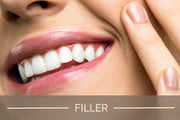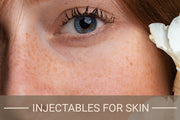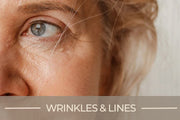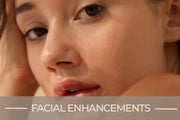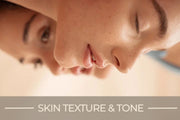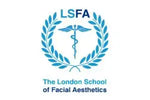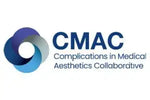What Is Safer Botox Or Filler?
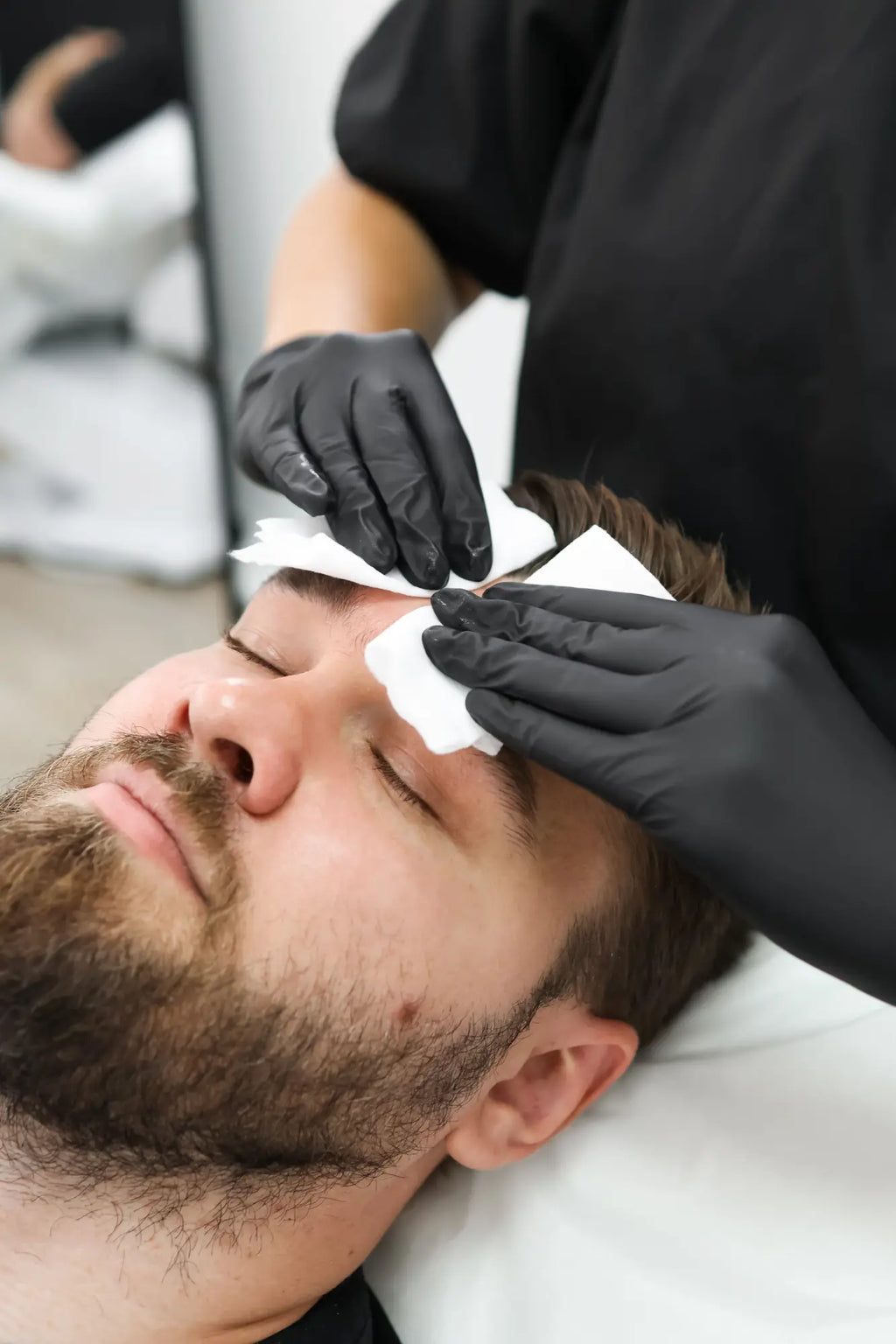
Content Verification



🔎 Quick Summary 🔎
Key Takeaways:
- 💉 Botox and fillers serve different purposes – Botox relaxes muscles, while fillers add volume.
- 🛡️ Safety first! Both are generally safe when administered by a qualified professional.
- ⏳ Botox lasts around 3-6 months, while fillers can last up to 18 months.
- 🤔 Not sure which to choose? A consultation can help tailor the right option for you.
💡 Expert Advice & Tips 💡
- ✅ Always go to a certified practitioner – safety is key!
- 🚫 Avoid alcohol and blood thinners before treatment to reduce bruising.
- 🧊 Ice packs are your best friend post-treatment for swelling.
- 💆♀️ No facials or heavy workouts for at least 24 hours after treatment.
Choosing between Botox Treatments and dermal fillers can be overwhelming, especially when safety is a top concern. Both are popular anti-ageing treatments designed to reduce signs of ageing, but they work differently. Botox Anti Wrinkle Injections temporarily relax facial muscles to smooth wrinkles, while fillers restore lost volume and enhance facial contours.
If you're considering Botox for wrinkles or fillers, understanding their safety profile is crucial. Patients often ask, “Which is safer?” This article, part of our General Questions about Botox Anti Wrinkle Injections series, provides expert-backed insights into their risks, side effects, and suitability. By the end, you’ll know whether Botox Treatments in London or dermal fillers are the safer choice for you. Always prioritise expert-led care when searching for Botox near me.
Understanding Botox and Fillers
When considering anti-ageing treatments, patients often compare Botox Anti Wrinkle Injections and dermal fillers. Although both aim to reduce signs of ageing, they work in completely different ways and address different concerns. Understanding their distinct functions can help patients make informed decisions about their options.
Botox Treatments in London involve injecting a purified protein to temporarily relax targeted facial muscles. This process smooths dynamic wrinkles, such as frown lines and crow’s feet, which form due to repeated muscle movements. Over time, these treatments may also help reduce the formation of new lines by limiting excessive muscle activity.
Dermal fillers, on the other hand, restore lost volume and enhance facial contours. They are typically made of hyaluronic acid, a substance naturally found in the skin, which helps plump areas like the cheeks, lips, and under the eyes. Unlike Botox for wrinkles, fillers do not affect muscle movement but instead work by adding volume to smooth static lines and reshape facial features.
While both Botox Anti-Ageing treatments and dermal fillers are widely used, they serve different aesthetic goals. Patients often compare them, but their mechanisms, longevity, and effects vary significantly. Consulting a qualified practitioner is essential for determining which option is most suitable.
The Safety of Botox Treatments
Safety is a key consideration when undergoing any anti-wrinkle treatments, including Botox Anti Wrinkle Injections. In the UK, Botox is regulated and licensed by the Medicines and Healthcare products Regulatory Agency (MHRA) for specific medical and cosmetic uses. This approval ensures that when administered correctly, Botox Injections meet safety and quality standards.
For safe and effective results, Botox Treatments in London should only be performed by trained medical professionals. The injection process involves small, precise doses delivered to targeted muscles using fine needles. This requires an in-depth understanding of facial anatomy to avoid complications and ensure a natural-looking outcome.
According to Dr. Laura Geige, Medical Director and Senior Practitioner from It’s Me & You Clinic, “Choosing an experienced practitioner is crucial for minimising risks with Botox Anti Wrinkle Injections. An unqualified injector may use incorrect techniques, leading to uneven results or complications. Patients should always verify their practitioner’s credentials before treatment.”
While Botox for wrinkles is generally well-tolerated, minor side effects such as bruising, swelling, or temporary drooping can occur. These effects are usually short-lived and resolve within a few days. Serious complications are rare but more likely when treatment is performed by unqualified individuals.
When searching for Botox near me, prioritising licensed clinics and experienced practitioners is essential. Patients should look for regulated professionals with a proven track record in Botox Anti-Ageing treatments to ensure both safety and effectiveness.
The Safety of Dermal Fillers
Dermal fillers are a common anti-ageing treatment used to restore lost volume, enhance facial contours, and smooth out wrinkles. Most fillers are made from hyaluronic acid, a naturally occurring substance in the skin that helps retain moisture and elasticity. Unlike Botox Anti Wrinkle Injections, which relax muscles, fillers work by adding volume to areas affected by ageing or structural loss.
According to Dr. Snieguole Geige, Dentist, Medical Doctor, and Senior Adviser, “While both Botox Treatments and fillers are injectable treatments, their safety considerations differ. Botox acts on muscles, whereas fillers add volume, meaning incorrect injection placement with fillers can lead to more visible complications. This is why precise injection techniques and choosing the right filler product are essential for minimising risks.”
Although dermal fillers are generally safe when administered correctly, they carry potential risks. These include migration (when the filler moves from the intended area), lumping (uneven distribution under the skin), and vascular occlusion (when filler blocks a blood vessel, leading to serious complications). Poor injection technique or using non-regulated fillers can significantly increase these risks.
To ensure safety, it is essential to receive dermal filler treatments from experienced, qualified practitioners using reputable products. Patients searching for Botox near me or dermal fillers should verify that their provider is trained in facial anatomy and licensed to perform these procedures. Safe administration and quality products are key to achieving natural, risk-minimised results.
Comparing Side Effects: Botox vs Fillers
Like all anti-ageing treatments, both Botox Anti Wrinkle Injections and dermal fillers come with potential side effects. Understanding these differences can help patients make informed choices about their treatment options.
Common side effects of Botox Injections include temporary redness, bruising, or mild swelling at the injection site. In some cases, minor headaches or slight muscle weakness may occur. These effects usually resolve within a few days and are generally mild when administered by a qualified professional.
Dermal fillers, on the other hand, can cause swelling, lumps, or uneven results if not injected correctly. Some patients may experience an allergic reaction or, in rare cases, vascular occlusion, which can lead to complications. These risks make it essential to use regulated products and seek expert care.
According to Dr. Giedre Narkiene, Dermatology Specialist, “Patient suitability plays a crucial role in minimising side effects. Factors such as skin type, medical history, and individual response to treatment determine which option is safer. A professional consultation ensures that the right treatment is chosen based on personal needs.”
Some patients may respond better to Botox for wrinkles, while others may benefit more from fillers. The key to reducing risks and achieving the best results lies in selecting the appropriate treatment under professional guidance.
Who Should Avoid Botox or Fillers?
While Botox Treatments and dermal fillers are widely used anti-ageing treatments, they are not suitable for everyone. Certain medical conditions, allergies, and health concerns can increase the risk of complications, making it essential for patients to consult a qualified professional before undergoing treatment.
Botox Anti Wrinkle Injections should be avoided by individuals who are pregnant, breastfeeding, or have neuromuscular disorders such as myasthenia gravis. Since Botox affects muscle activity, those with underlying muscle or nerve conditions may experience increased sensitivity or adverse effects. Additionally, people with a history of allergic reactions to Botox ingredients should not undergo treatment.
Dermal fillers also have contraindications, particularly for those with allergies to filler components, autoimmune disorders, or a history of severe allergic reactions. Patients with bleeding disorders or active skin infections should avoid filler treatments, as injections could increase the risk of complications.
A professional consultation is necessary before considering Botox Anti-Ageing treatments or fillers. Medical practitioners assess a patient’s health history, skin condition, and aesthetic goals to determine suitability. This step helps minimise risks and ensures that patients receive treatments best suited to their individual needs.
The Bottom Line
Both Botox Anti Wrinkle Injections and dermal fillers are widely used anti-ageing treatments, but their safety depends on individual factors. While Botox for wrinkles targets muscle movement, fillers restore volume, each with its own risks and benefits. Expert consultation is key to determining the safest option. When searching for Botox near me, always choose qualified practitioners. By understanding these treatments, patients can make informed choices about Botox Treatments in London or fillers to achieve natural-looking results.
Medical Disclaimer
This article is for informational purposes only and does not constitute medical advice. Always consult a qualified healthcare professional before undergoing Botox Treatments, anti-wrinkle treatments, or dermal fillers. Individual suitability varies, and only a licensed practitioner can assess medical risks.
